Nature Knows and Psionic Success
God provides
5 things we learned about boosting your brain health this week
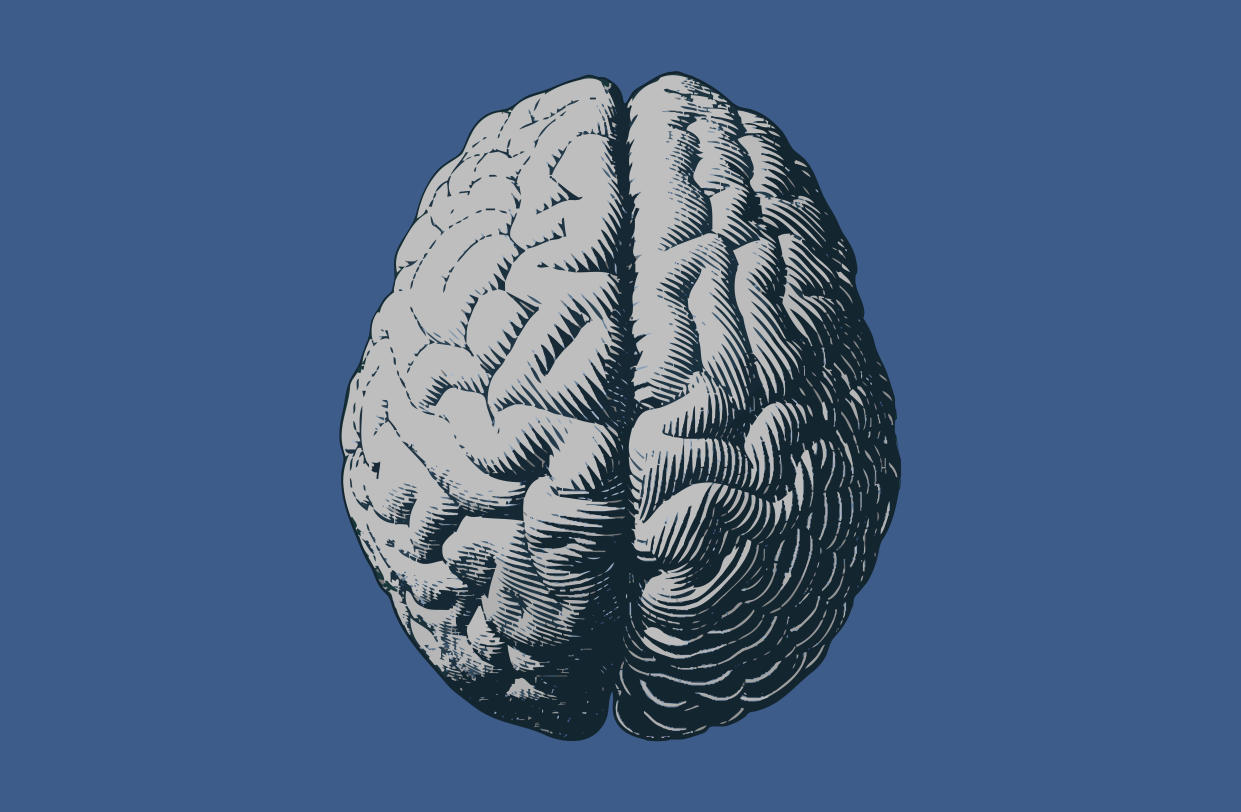
(Getty Images) (Jolygon via Getty Images) When we think about leveling up our health, we probably think about hitting the gym or drinking plenty of kale smoothies — but that’s not the only thing we should be focused on. Our brain function is a…
Brain inflammation may drive mood changes in Alzheimer’s
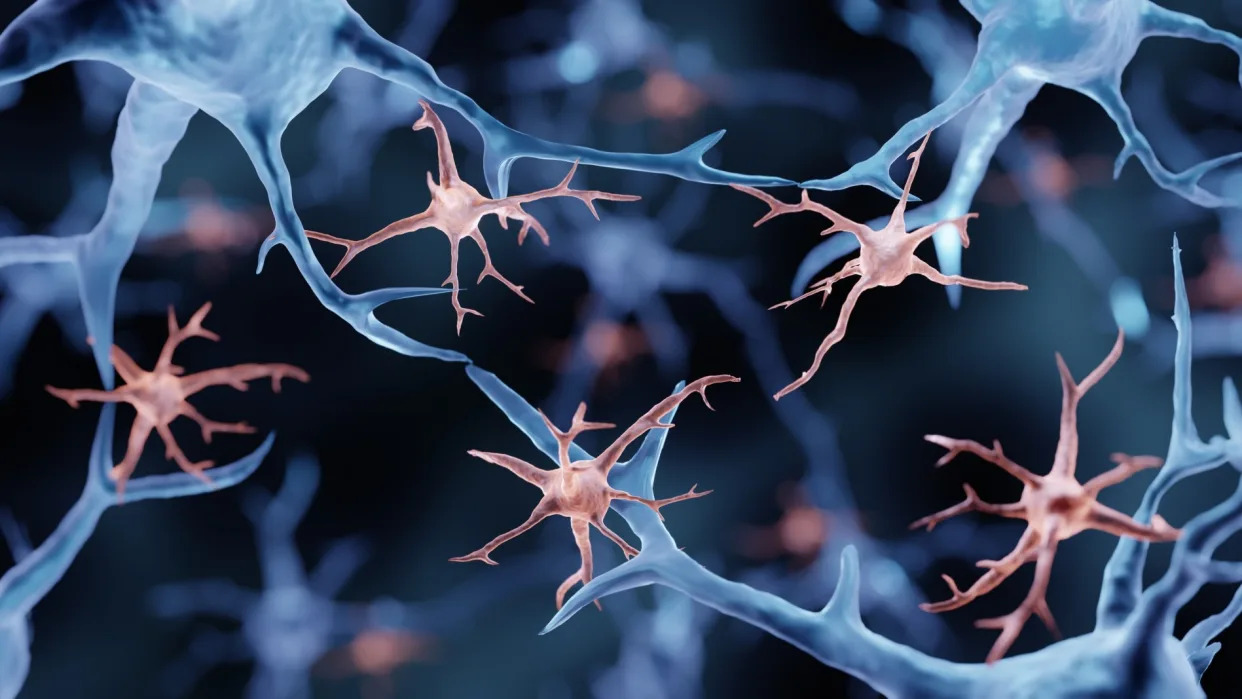
Illustration of microglial cells (in pink) interacting with neurons (in blue) Extreme mood changes associated with Alzheimer’s disease may be partially driven by brain inflammation , new research suggests. Historically, the prevailing theory for what causes Alzheimer’s disease was that a gradual buildup of…
Beyond Buzz: 10 Ways Neurotech Is Helping People In The Real World
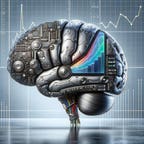
Beyond the buzz, neurotechnology is helping people in a growing list of areas spanning clinical, … [+] Fancy headsets to manage ADHD. Bluetooth stickers to predict seizures. Mind controlled games to gauge dementia. And of course, implanted chips to relieve pain, restore movement, and…
Redefining Brain Evolution: Unveiling the “Little Brain’s” Role in the Human Cognitive Leap
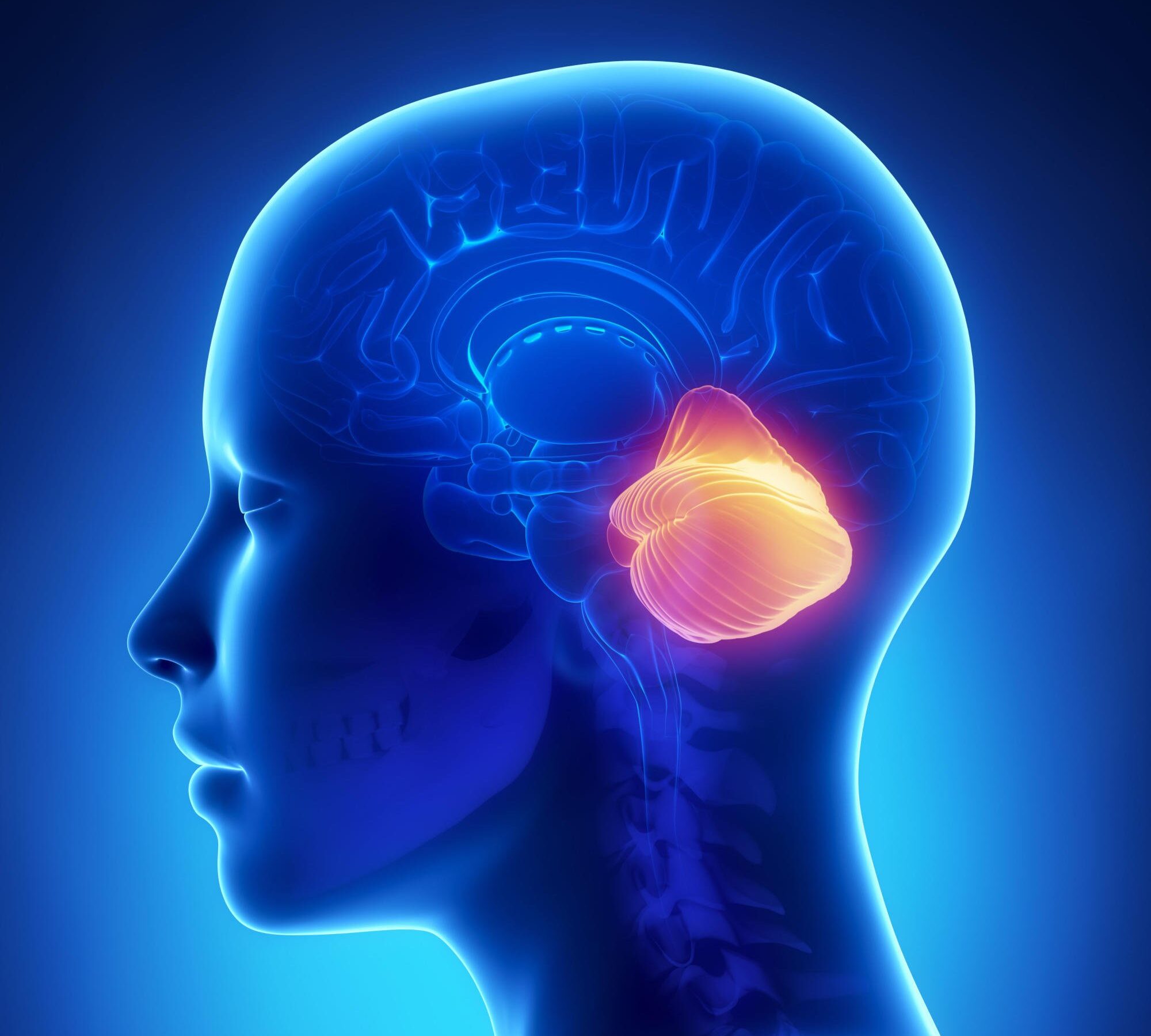
Heidelberg University researchers have mapped the cerebellum’s development in humans, mice, and opossums, uncovering its complex structure and significant role in human cognitive evolution. Their findings offer insights into brain development and diseases, with a focus on Purkinje cells and genetic variations over 160…
Cocoa Could Boost Brains of Older Adults With Poor Diets
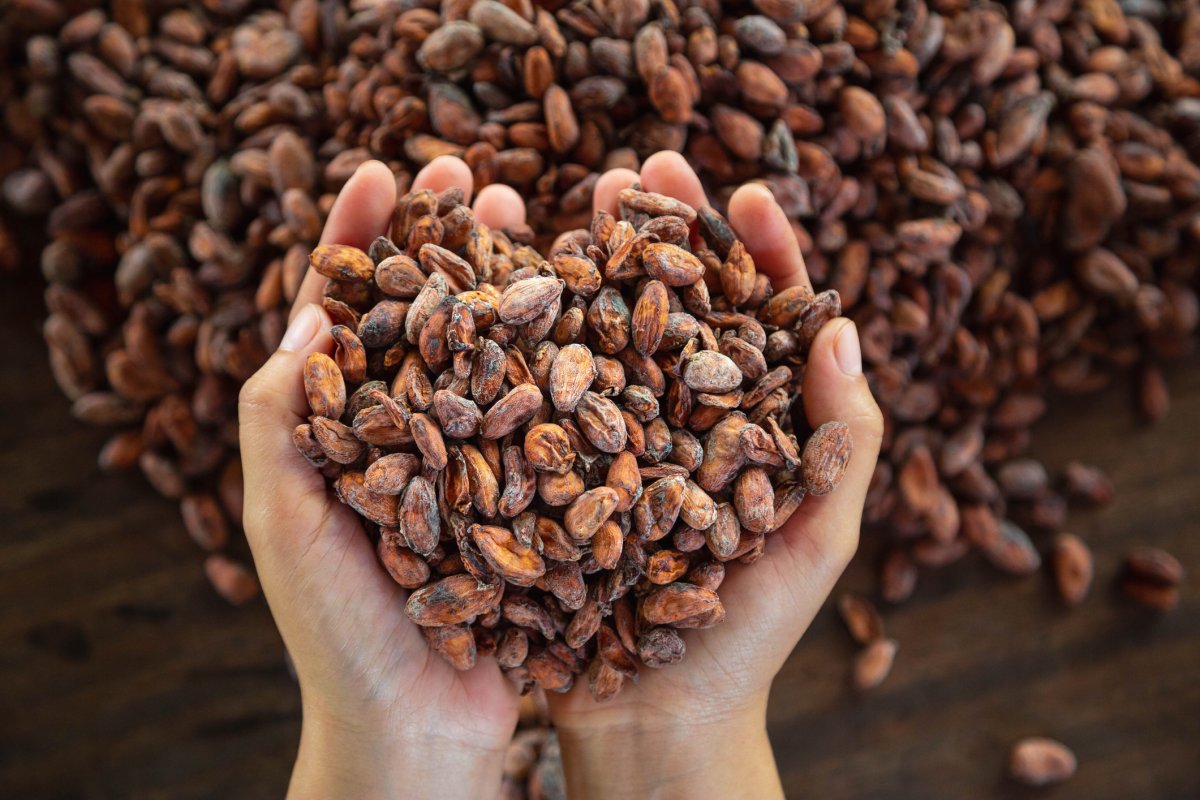
As we get older, we have to work harder to protect our brain and cognitive function. Some of us play the crossword or learn new skills, but new research is beginning to show that our diet might also play an important role. Several studies…
When do brains grow up? Research shows mouse and primate brains mature at same pace
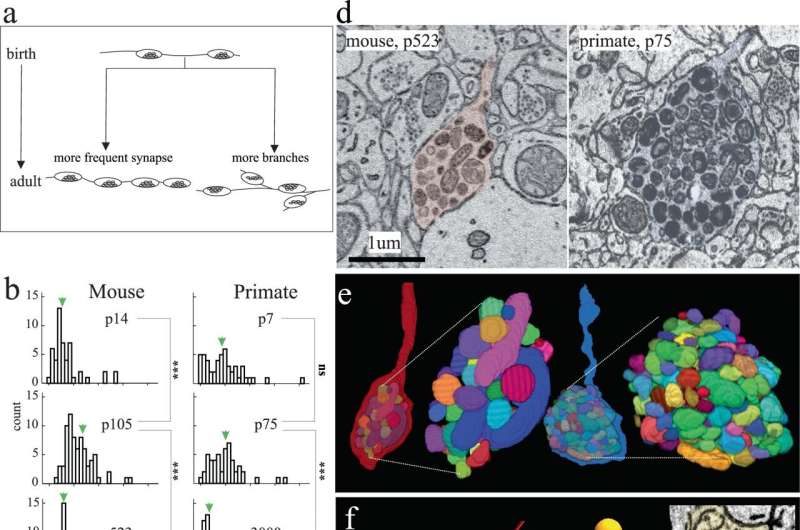
Excitatory axon development in mouse and primate. a Cartoon depicting hypothetical models of excitatory axon development: left, axons increase their synapse frequency and/or right, axons make more branches. b, c Histograms of the number of synapses/µm and branches/µm, respectively, of excitatory axons at different…
Unlocking the secrets of the brain’s dopaminergic system
A new organoid model of the dopaminergic system sheds lights on its intricate functionality and potential implications for Parkinson’s disease. The model, developed by the group of Jürgen Knoblich at the Institute of Molecular Biotechnology (IMBA) of the Austrian Academy of Sciences, replicates the…
What’s your Brain Care Score? The answer may indicate your dementia risk

Get inspired by a weekly roundup on living well, made simple. Sign up for CNN’s Life, But Better newsletter for information and tools designed to improve your well-being . CNN — What if you could assess your risk of developing dementia or having a…
Developing technology to place minute ‘marks’ in the brain
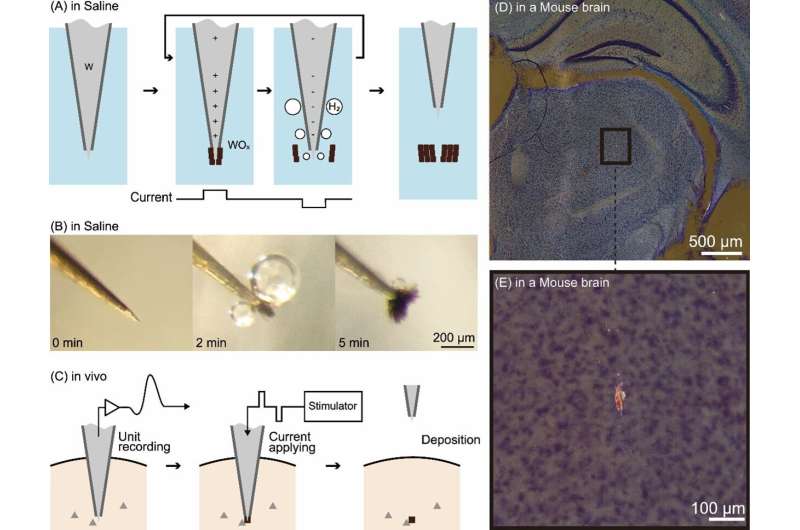
(A) Principle of the technology. (B) Electrolysis of a tungsten electrode in physiological saline. The black lumps are oxides. (C) Procedure for applying this technology in vivo. (D) Dark-field observation image of a slice of a mouse brain in which this technology was applied…
A small study offers hope for people with traumatic brain injuries
ARI SHAPIRO, HOST: A severe traumatic brain injury often causes lasting damage. GINA ARATA: I couldn’t get a job because if I was, like, say, a waitress and you put in an order, I would forget. I couldn’t remember to get you, like, a…
Experimental deep brain stimulation offers hope to treat cognitive deficits after traumatic brain injuries
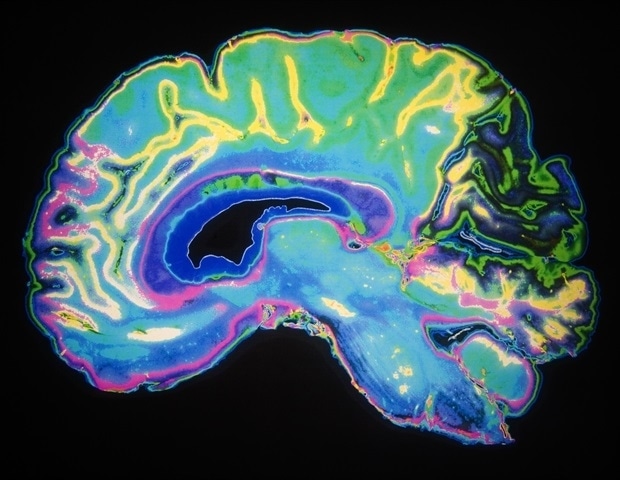
Five people who had life-altering, seemingly irreversible cognitive deficits following moderate to severe traumatic brain injuries showed substantial improvements in their cognition and quality of life after receiving an experimental form of deep brain stimulation (DBS) in a phase 1 clinical trial. The trial,…
In a first, human study shows how dopamine teaches our brain new tricks
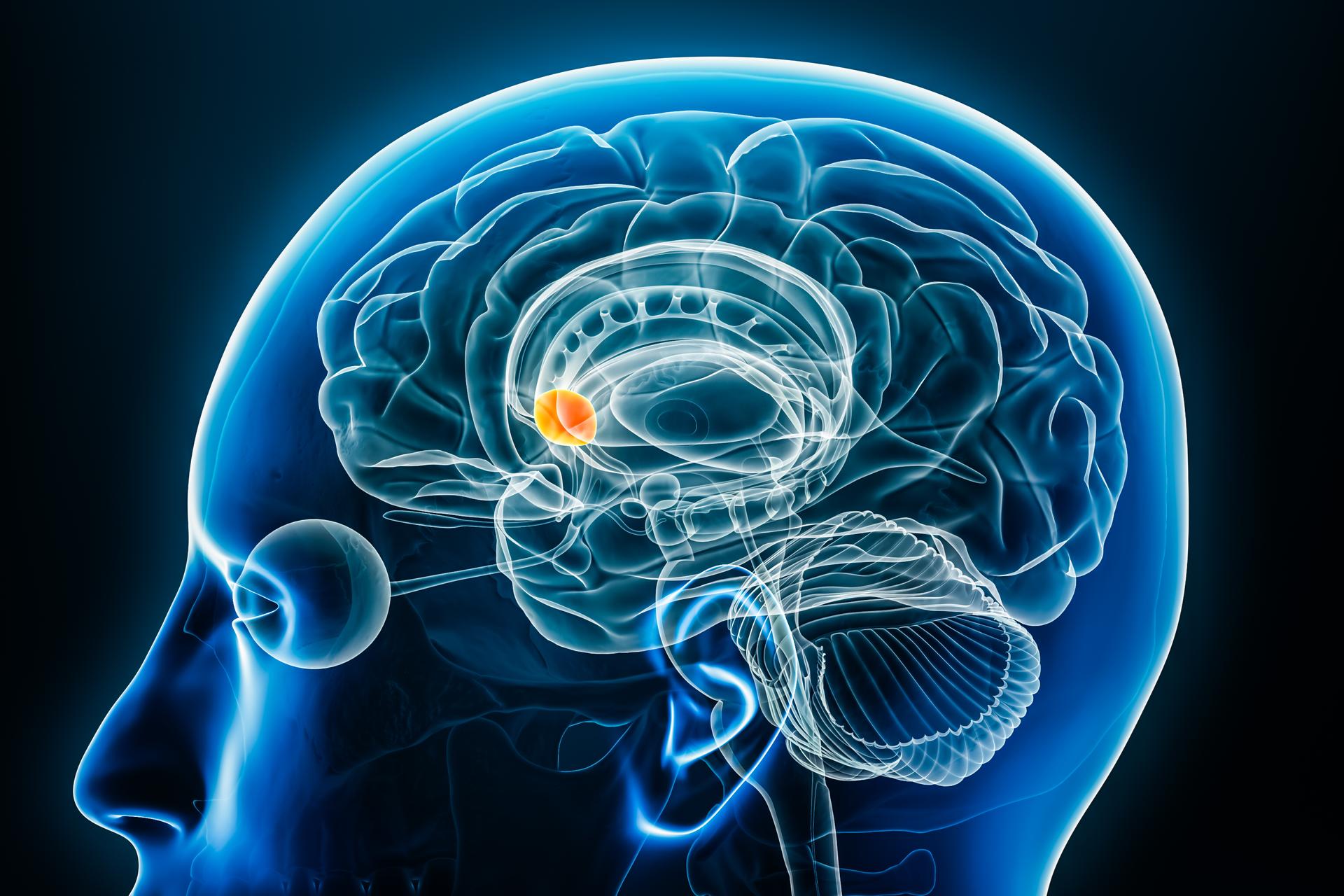
More than just the ‘rewards’ chemical, dopamine helps our brains avoid negative experiences based on previous ‘punishment’ For the first time, dopamine regulation has been mapped in real time, deep inside the brains of three humans, revealing how the brain neurotransmitter plays an essential…
Unlocking the secrets of the brain’s dopaminergic system
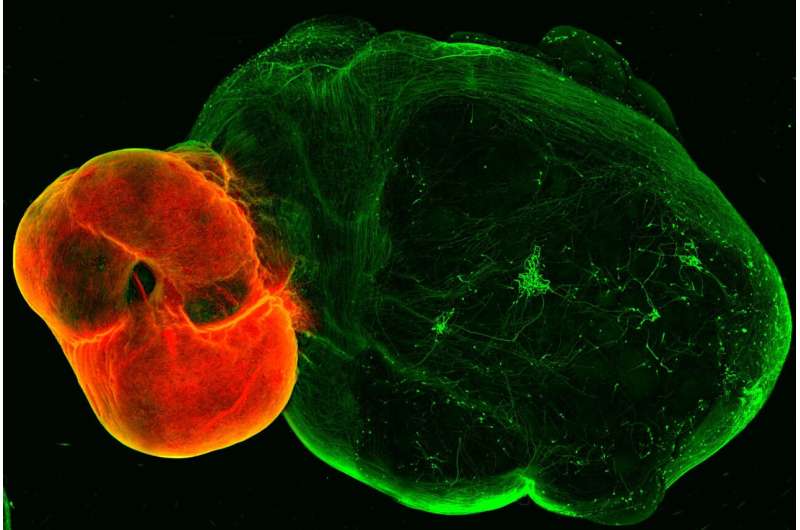
by IMBA- Institute of Molecular Biotechnology of the Austrian Academy of Sciences Dopaminergic neurons in the ventral midbrain (red) and ventral midbrain projections into striatal and cortical tissue (green). Credit: (c) Daniel Reumann/IMBA A new organoid model of the dopaminergic system sheds lights on…
Brain’s Reward Pathway Unlocked: Revealing the Secrets of the Dopaminergic System
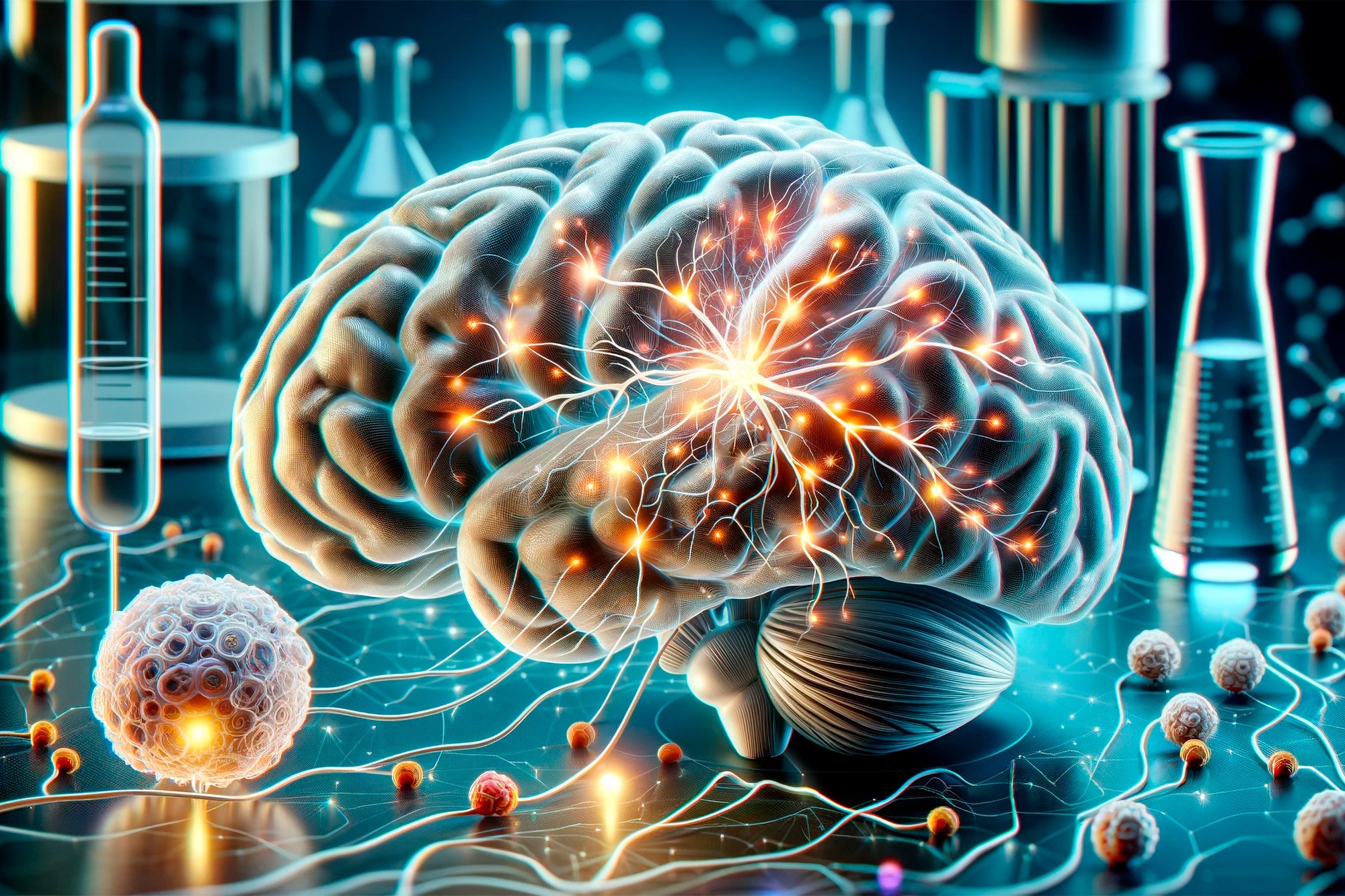
Scientists developed a revolutionary organoid model of the dopaminergic system, providing significant insights into Parkinson’s disease and the long-lasting effects of cocaine on the brain. This model is a promising tool for advancing Parkinson’s disease treatments and understanding the enduring impact of drug addiction….
Exercise Boosts Brain Power—Neuroscientists Don’t Know How
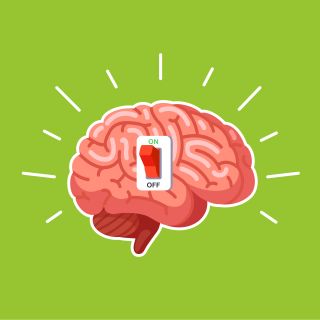
Key points Moderate-intensity aerobic exercise (cardio) increases prefrontal cortex oxygenation and boosts brain power. Even with an insufficient oxygen supply or acute hypoxia, doing cardio can improve cognitive performance. Increased cerebral blood flow alone may not explain why aerobic exercise improves executive function. Vitalii…
Probe Into Brain’s Memory Center Could Solve Mystery of Alzheimer’s Cause
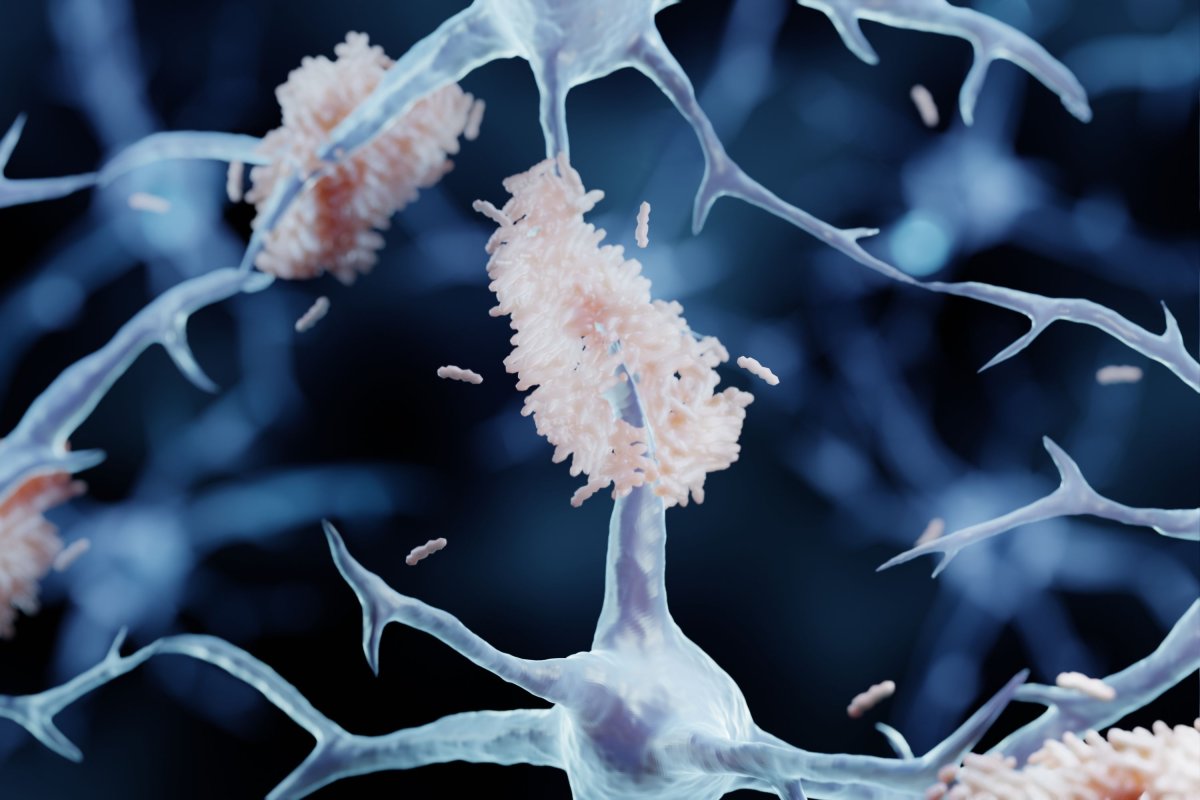
U.S. researchers are developing a new tool—a multipurpose fiber that will provide a window into the deep brain—with the goal of learning how to slow down or even reverse memory loss in Alzheimer’s disease. Barely thicker than a strand of human hair, the tiny…
Hunger Games: How Gut Hormones Hijack the Brain’s Decision Desk
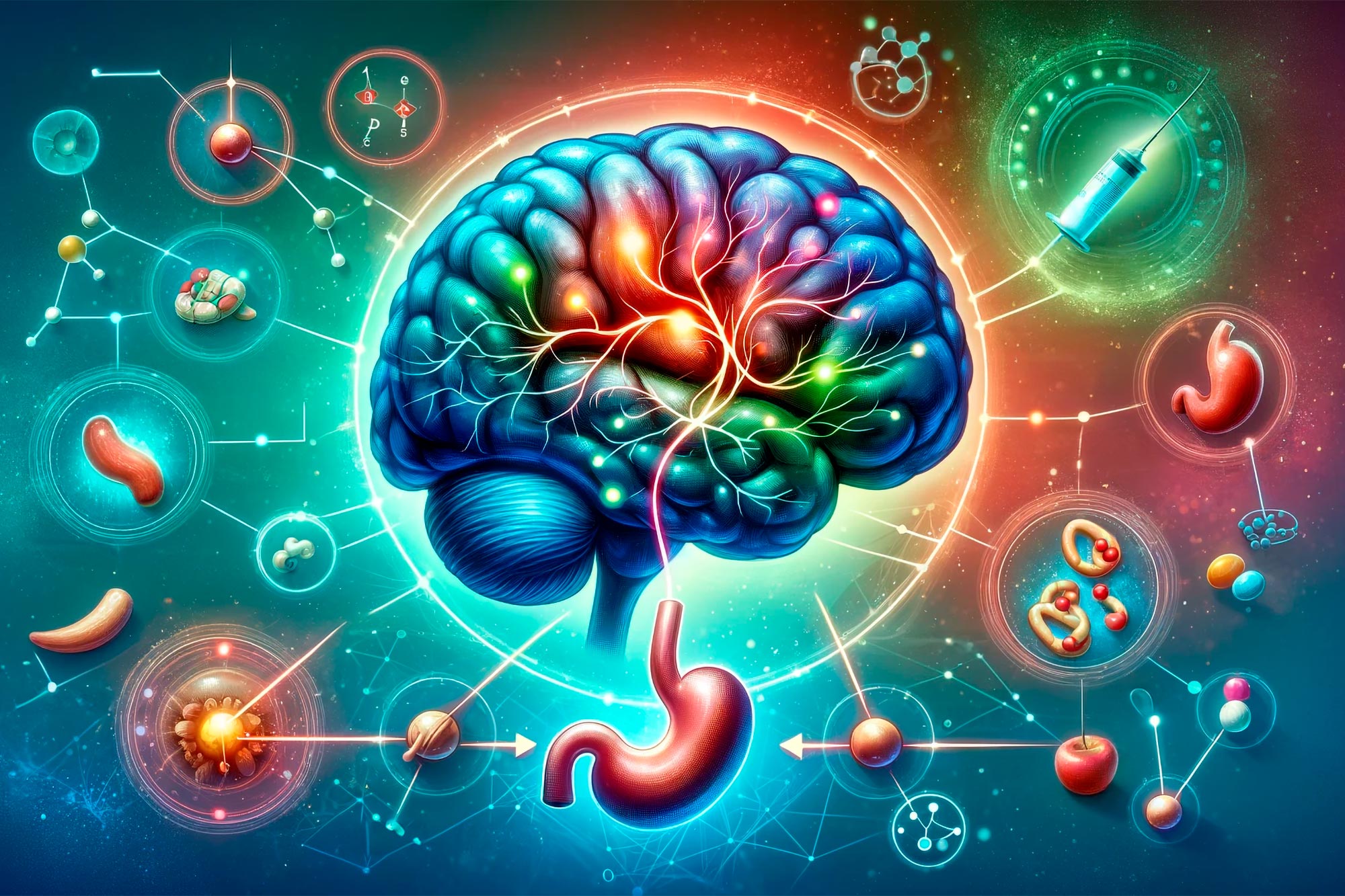
Scientists have discovered that a hunger hormone in the gut directly influences the brain’s hippocampus, affecting decision-making related to food. The study, conducted on mice, showed that hunger hormones modify brain activity to either inhibit or permit eating based on the animal’s hunger level….
Heartbeats and brain activity: Study provides insight into optimal windows for action and perception
(Photo credit: OpenAI’s DALL·E) A new study published in PLOS Biology suggests that our heartbeat plays a crucial role in determining our brain’s ability to perceive and react to the world around us. Researchers have discovered that during the 0.8 seconds of a heartbeat,…
Decoding anxiety: Study reveals brain’s role in behavioral inhibition risks

In a recent study published in the Proceedings of the National Academy of Sciences , a team of researchers in the United States used non-human primate anxious temperament models to investigate the molecular mechanisms and neural systems underlying behavioral inhibition in humans, which is…
Exercise can improve brain function even after poor sleep: study

(Photo by Miriam Alonso via Pexels) By Isobel Williams via SWNS Just 20 minutes of exercise can help boost brain function after a poor night’s sleep, according to a new study. Scientists found that mental performance improves during moderately intensive exercise, regardless of a…
